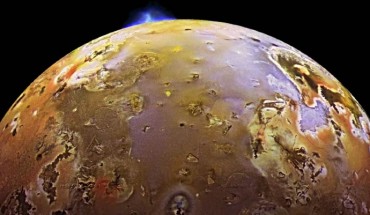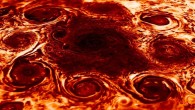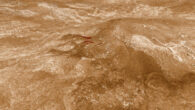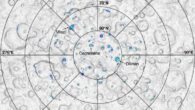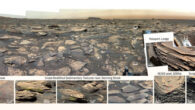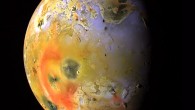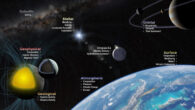These bright (hot) ‘thermal rings’ are a common phenomenon, and they are indicative of active lava lakes, according to a new analysis of data from the Jovian Infrared Auroral Mapper (JIRAM) instrument on NASA’s Juno spacecraft. Visible maps, infrared radiance maps and temperature maps for Loki Patera and Dazhbog Patera. Image credit: Mura et al., doi: 10.1038/s43247-024-01486-5. Io is the innermost of the four Galilean moons of Jupiter and the...

